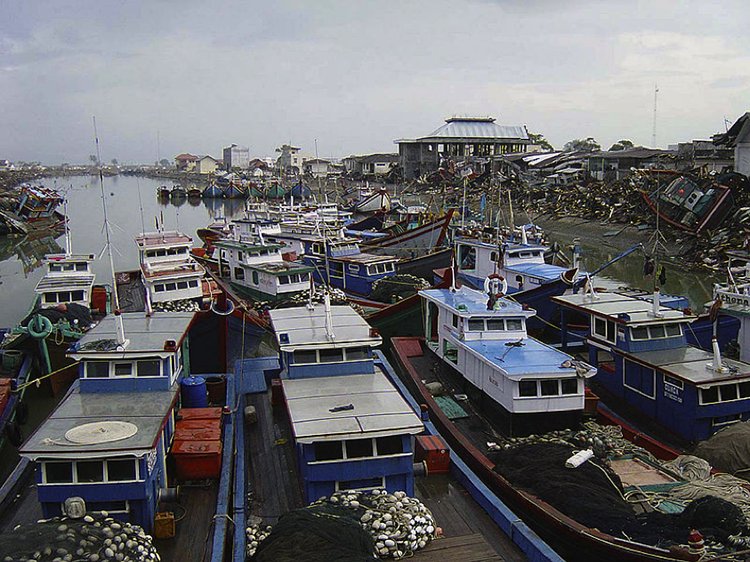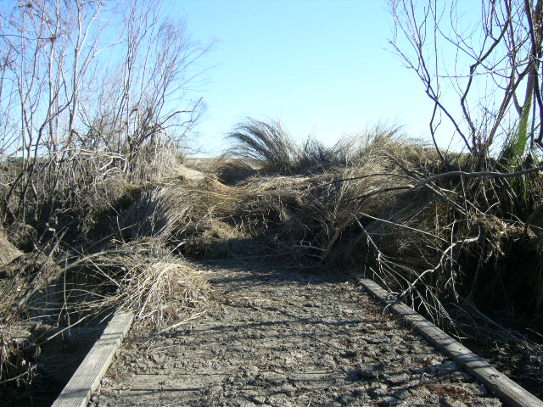Environmental Recovery
The environment provides many services to humans and wildlife, and our lives are intricately linked with our environment. So, when a major disturbance to the environment occurs, such as a tsunami or storm surge, the natural environment – the natural ecosystems - in the affected area can be severely impacted, and the ecosystem services may be destroyed or disrupted. For tsunami and especially hurricane protection, coastal ecosystems like mangroves, barrier islands, wetlands, and coral reefs can absorb and reduce wave energy and water height, thereby protecting the land from erosion, but at the same time, they can sustain heavy damage from the energy of the water. For these and many other reasons, environmental recovery and restoration are important elements of disaster recovery. Some of the examples of environmental restoration after tsunami and storm surge disasters include beach and sand dune restoration, wetland restoration, and water and soil protection, and recovery. Other environmental recovery activities include the restoration of urban forests, habitat recovery for wildlife, and debris recycling.

An example of the importance of coastal ecosystem services and the damage caused by hurricane storm surge can be found in Louisiana at the time of Hurricane Katrina. The US Geological Survey estimated that a loss of more than 200 square miles of coastal wetlands was attributed to Katrina’s storm surge in Louisiana, an area representing approximately eight times the annual land loss rate already taking place (remember a football field of land on the Mississippi delta disappears every 100 minutes, so this is a lot of land!). The protection and economic benefits afforded coastal communities in Louisiana by these fragile and rapidly declining ecosystems were already well documented and recognized by the state. Following Katrina’s devastation, the state stepped up its existing coastal restoration program, creating a new State Coastal Master Plan and a new state agency to oversee and monitor restoration activities. As a result of devoting a new level of human and monetary resources, today Louisiana is a world leader in the science and engineering of coastal restoration and protection.

Other forms of environmental damage that must be remediated after a disaster include spills and other kinds of pollution resulting from the destructive forces of tsunamis and storm surges. The article The Indian Ocean Tsunami and its Environmental Impacts outlines environmental impacts from the 2004 tsunami.
